Author: Erik Mechelen
-
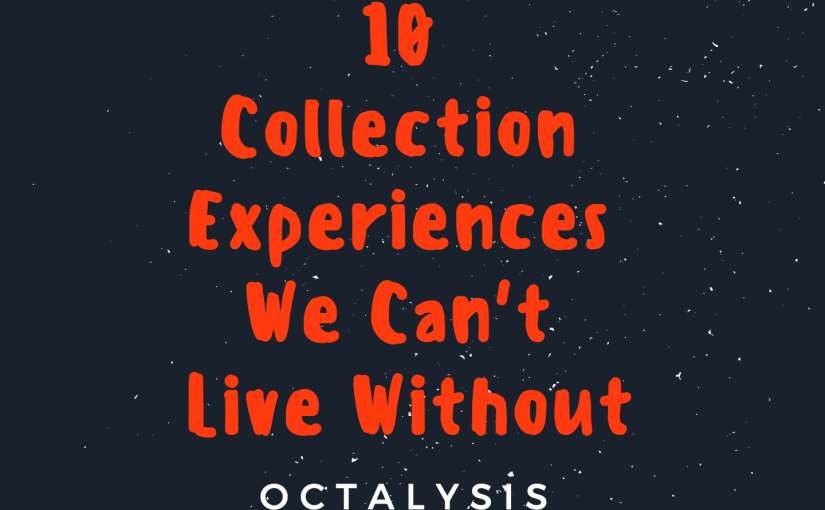
10 Collection Experiences We Can’t Live Without (2024)
This post was written by contributing writer Erik van Mechelen. Collect till you can’t anymore There’s something about collecting things that is an essential part of the human experience. It’s in our nature. We organized in groups to hunt and gather. Okay, we needed to survive. But now we continue to collect. Sure, there’s a counter-movement…
-
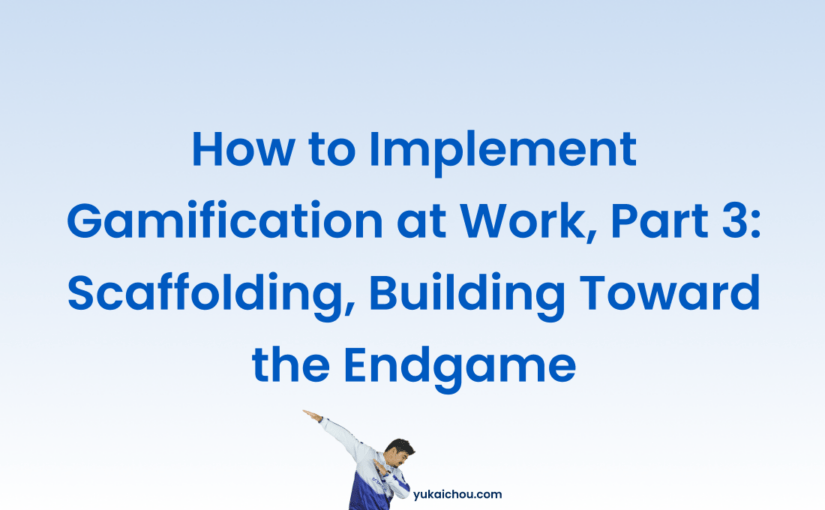
How to Implement Gamification at Work, Part 3: Scaffolding, Building Toward the Endgame
This article was written by Contributing Writer Erik van Mechelen based on the ideas of Yu-kai Chou Scaffolding workplace gamification We recently asked you why you were part of the Octalysis Explorers Facebook group or joined the Kickstarter for Octalysis Prime. The largest segment of responses fell into this category: I want to implement gamification…
-
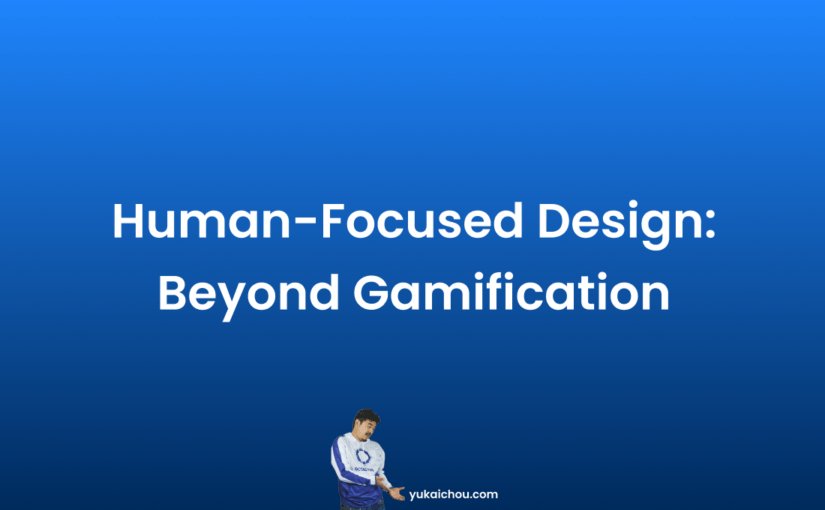
Human-Focused Design: The Better Term for Gamification
This is an excerpt from the second part of the introduction of Actionable Gamification: Beyond Points, Badges, and Leaderboards. Buy a copy here or listen on Audible. Why Gamification? Gamification, or the act of making something game-like, is certainly not something new. Throughout history, humans have tried to make existing tasks more intriguing, motivating, and even “fun.” When a small…
-
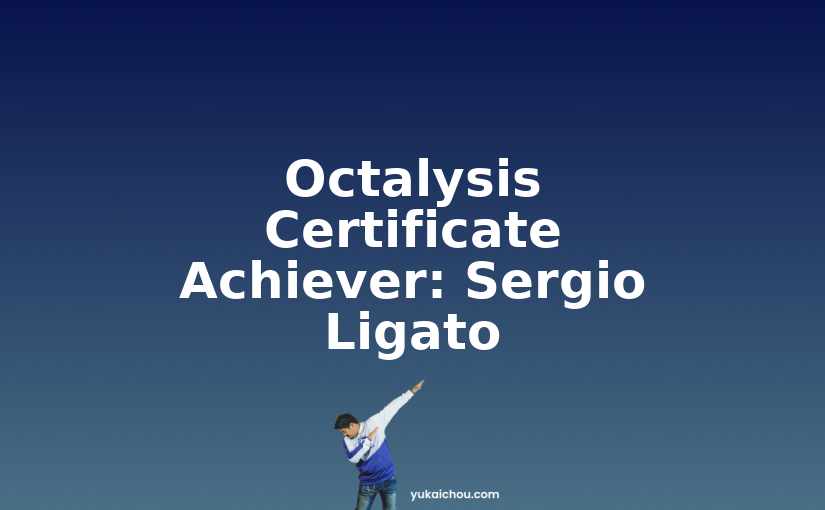
Octalysis Certificate Achiever: Sergio Ligato
The Octalysis Certificates have been leveled up! Thank you to Myrte for her hard work ensuring those who commit to this effort have great guidance and standards to meet. Congrats to Sergio Ligato for his successful Level 2 submission. Reason to celebrate! Here’s the submission: Octalysis Level 2 Certificate – Sergio Ligato – SDG’s in…
-
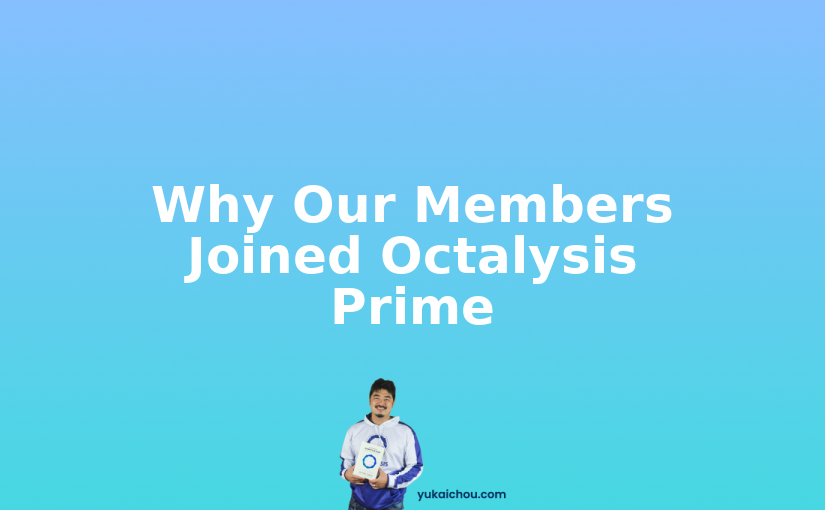
Why Our Members Joined Octalysis Prime
There are reasons we start things and reasons we stay engaged. We wanted to learn more about our members in OP, so we asked: Why did you start? Why are you still here? Here’s what we learned. This was taken from a sample of our Octalysis Prime paying members, including some annual members. About half…
-

The Business Case for Octalysis Commentary (Centrical/GamEffective)
Octalysis at Work Applying the Gamification Framework to Real-world Business Challenges A Commentary By Gal Rimon, Founder & CEO of Centrical (formerly GamEffective) Earlier in my career, I was deeply involved in Business Intelligence (BI). It occurred to me that BI is really good at determining what an organization should do next but offered no…
-
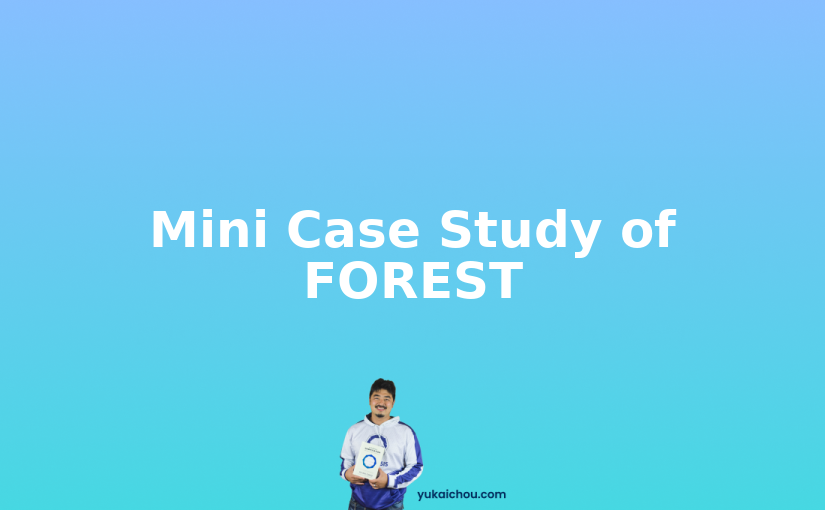
Mini Case Study of FOREST
Another mini-case study, FOREST. At its core is a gamified timer to decrease distraction from your mobile phone. In 2015-2016 this simple concept of “Don’t use this device or your plant will die!” was voted Google Best App of the Year. In 2018 it was nominated for Best Social Impact App and 2018 it was…